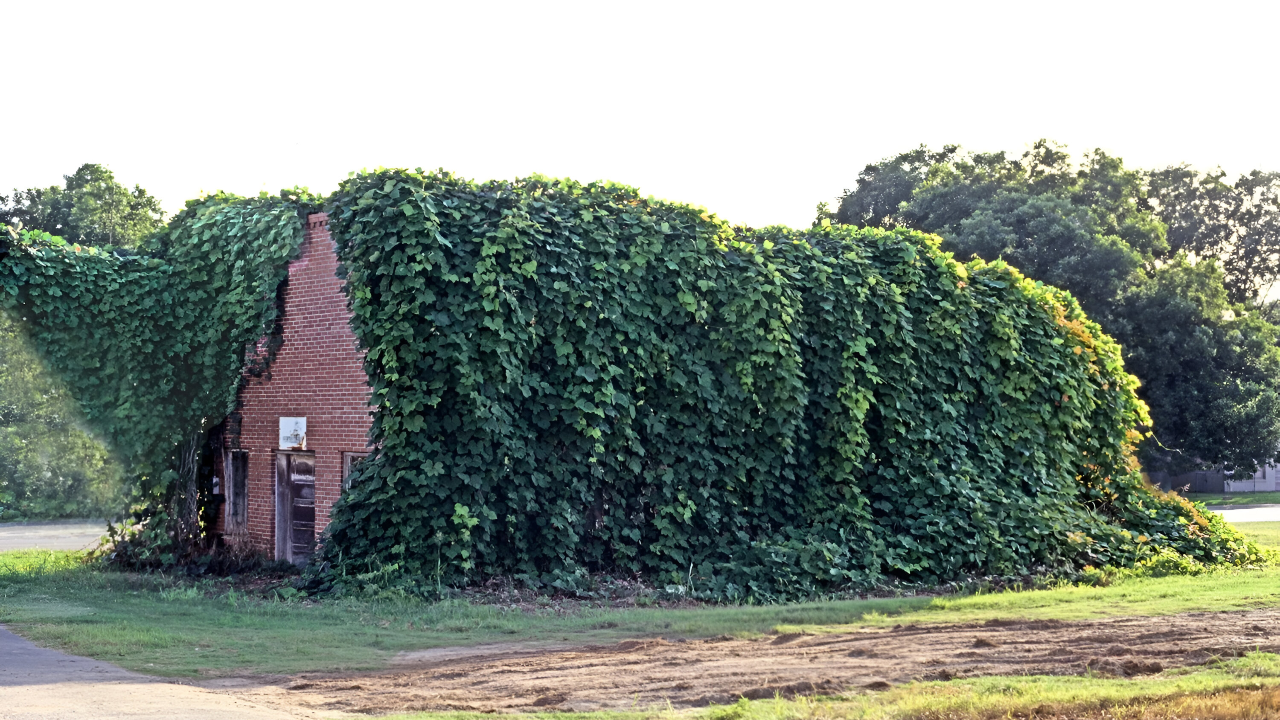
Some plants seem harmless when you first plant them in your garden, but their beauty hides a dangerous truth. Once established, these green invaders can overwhelm entire yards, suffocate native plants, and leave homeowners feeling helpless.
Before planting anything new, take a look at which species experts say could turn gardens into tangled wastelands, changing landscapes for the worse and costing thousands of dollars to remove. Now, let’s take a look at 12 invasive plants in the U.S. that will devour your yard, and six plants that are far better to plant.
1. English Ivy
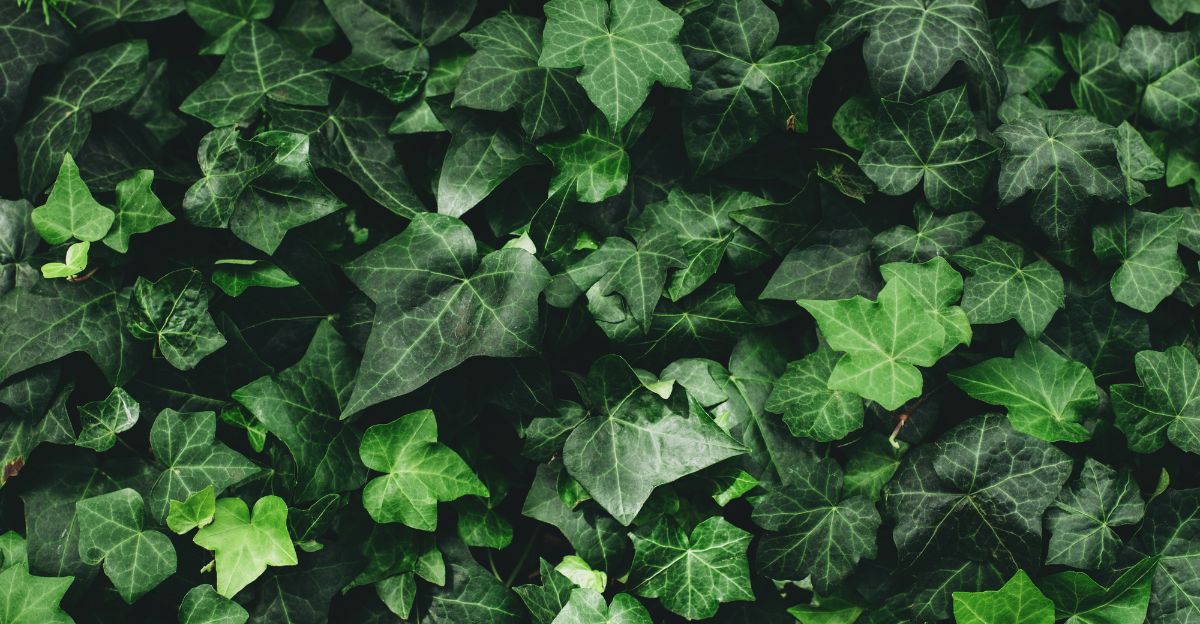
While it is a classic for old estates and garden walls, English Ivy quickly turns from a decorative vine to a smothering monster. This plant quickly spreads across land, strangling trees, suffocating soil, and climbing structures relentlessly.
Many homeowners regret letting it spread, as its removal is labor-intensive and expensive. While it might look pretty, English Ivy is a true invader.
2. Kudzu
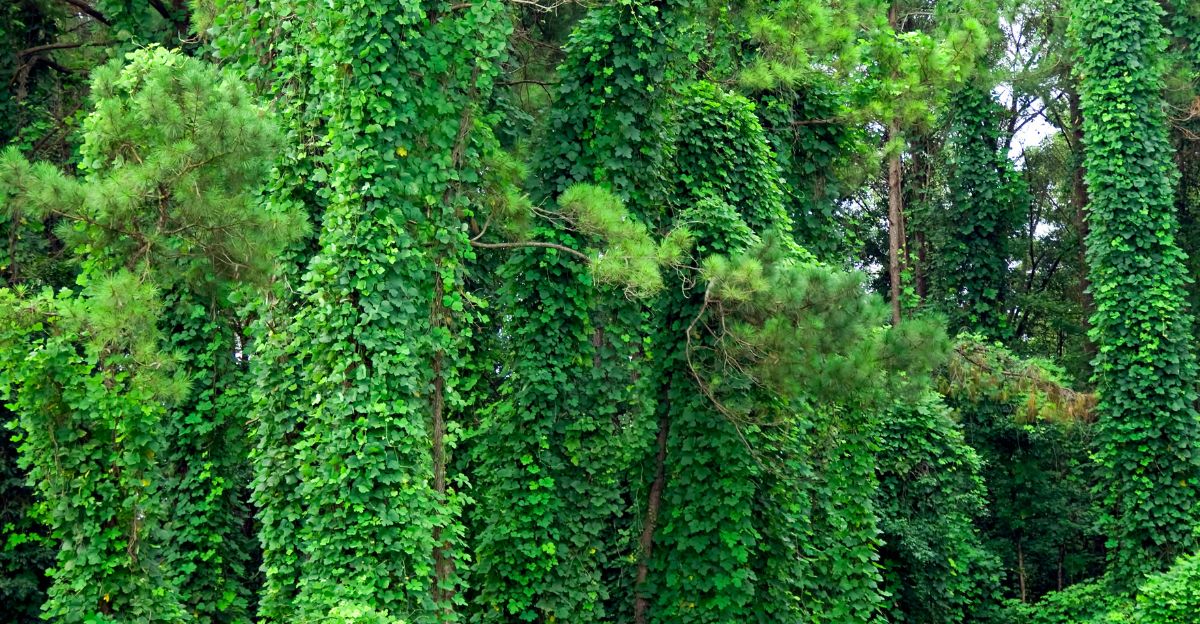
Kudzu is infamous in the American South, where it has earned the nickname “the vine that ate the South.”
This invasive species can grow a foot per day during the warm months, climbing power poles, swallowing buildings, and shading out everything beneath it. On top of that, its roots and runners can stick around for decades.
3. Wisteria – Non-native species
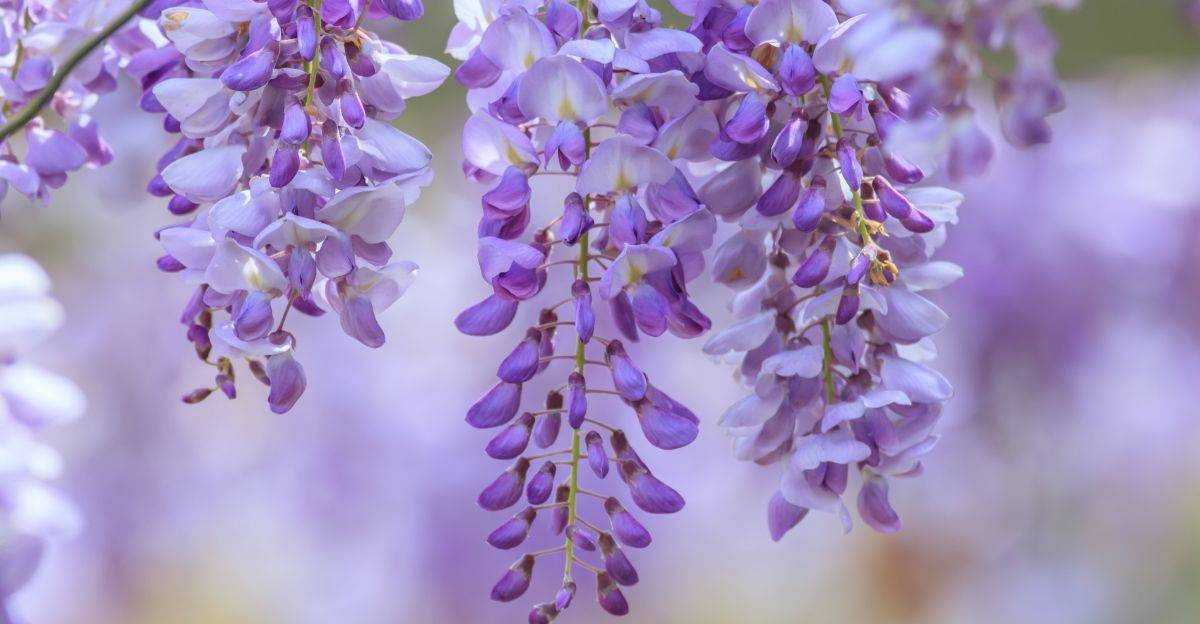
While its purple flowers are irresistible, non-native Wisteria hides a destructive secret. Its aggressive vines wrap, twist, and tear through fences, decks, and even neighboring trees.
As it outcompetes native species and becomes unmanageable, its romantic appearance is overshadowed by the damage it does to the ecosystem and the expense of its removal, leaving gardeners rethinking this “easy” option.
4. Purple Loosestrife
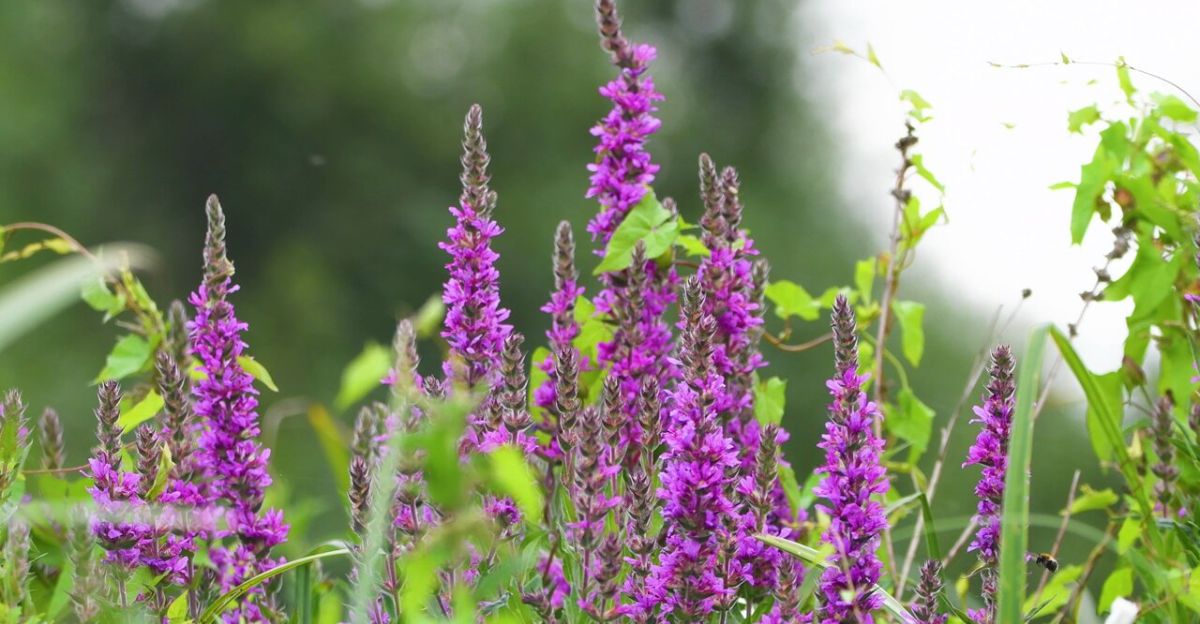
Purple loosestrife was imported in the 1800s for its striking flowers. It looked harmless until it began destroying wetland habitats nationwide.
The plant invades streams and marshes, forming dense stands that crowd out native wildlife, starve fish, and upset water chemistry. Its persistence has strained restoration efforts for decades, proving that beauty isn’t always benevolent in the garden.
5. Bamboo – Running varieties
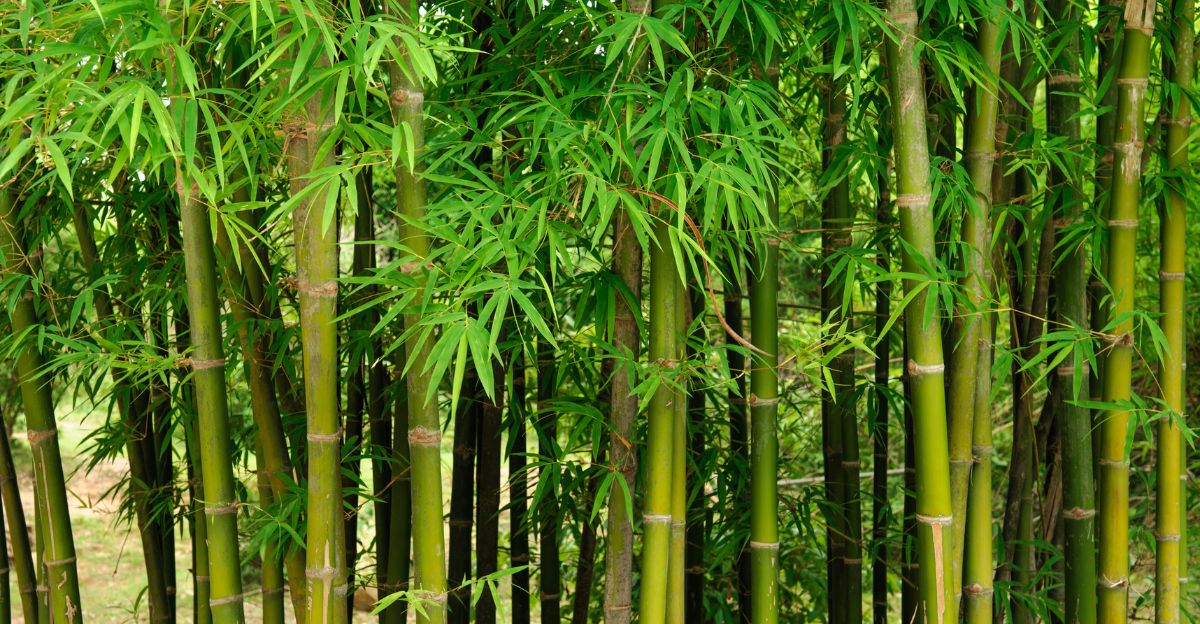
Running bamboo is fast-growing and almost impossible to control. While it might start as a stunning privacy screen, its underground stems invade lawns, gardens, and even neighboring yards.
Entire communities have spent thousands of dollars trying to eradicate bamboo once it’s escaped. Despite its reputation as a “green” option, running varieties are notorious for devastating urban landscapes and natural spaces.
6. Mint
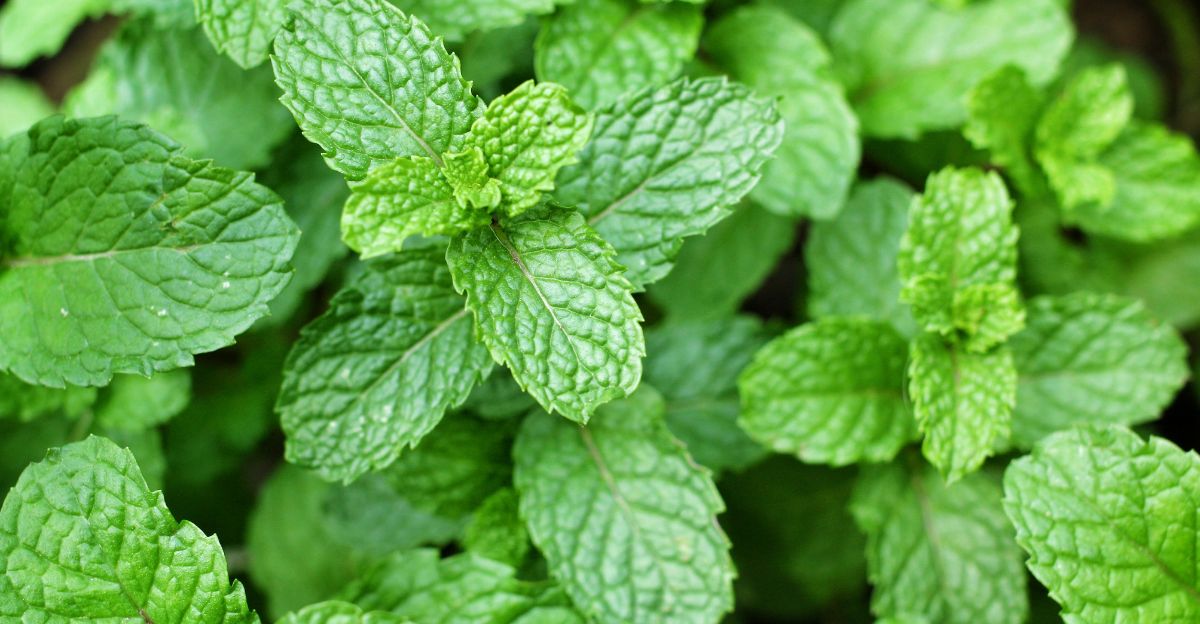
Mint tastes delicious and smells wonderful, but if you plant the wrong variety, yard troubles are sure to follow. Underground runners quickly take over flowerbeds, crowding other plants and appearing where they’re least expected.
Gardeners soon find themselves battling an issue that’s impossible to tame. Save the mint for containers; otherwise, it’ll devour everything in sight.
7. Butterfly Bush
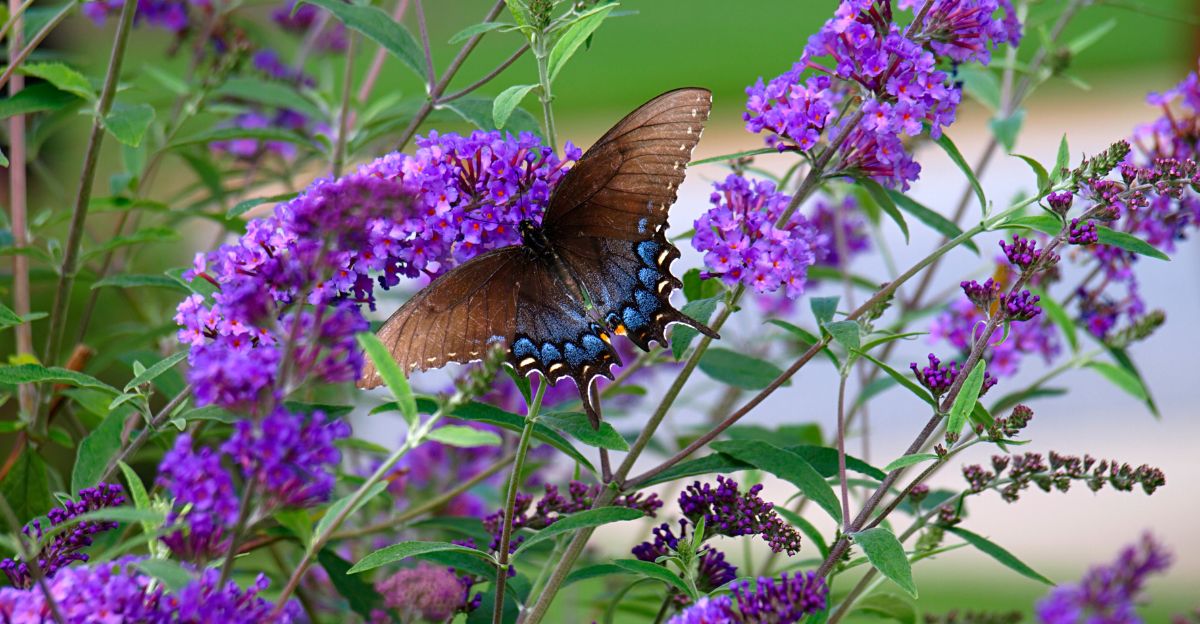
Butterfly Bush has amazing flowers that attract adult butterflies, but there’s a catch: it displaces native plants that their caterpillars rely on.
As it spreads, local ecosystems lose diversity, and populations of native butterflies can actually decline. Passionate gardeners debate its place in gardens, but experts warn that “beauty” shouldn’t come at the expense of vital environmental support roles.
8. Japanese Honeysuckle
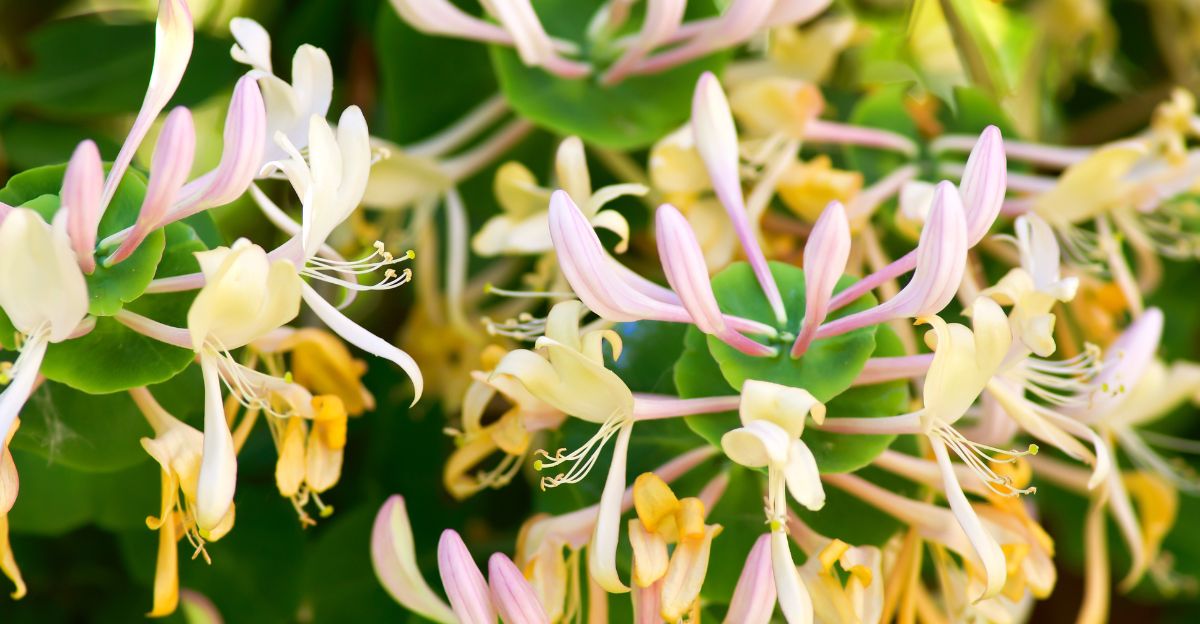
Japanese Honeysuckle is gorgeous, but beneath the surface, it’s a ruthless bully. Once roots take hold, dense mats strangle young trees and shrubs, preventing native plants from establishing.
The vine’s rapid spread turns healthy yards into tangled nightmares, creating headaches for homeowners and land managers. It’s no wonder experts say to avoid it.
9. Autumn Olive
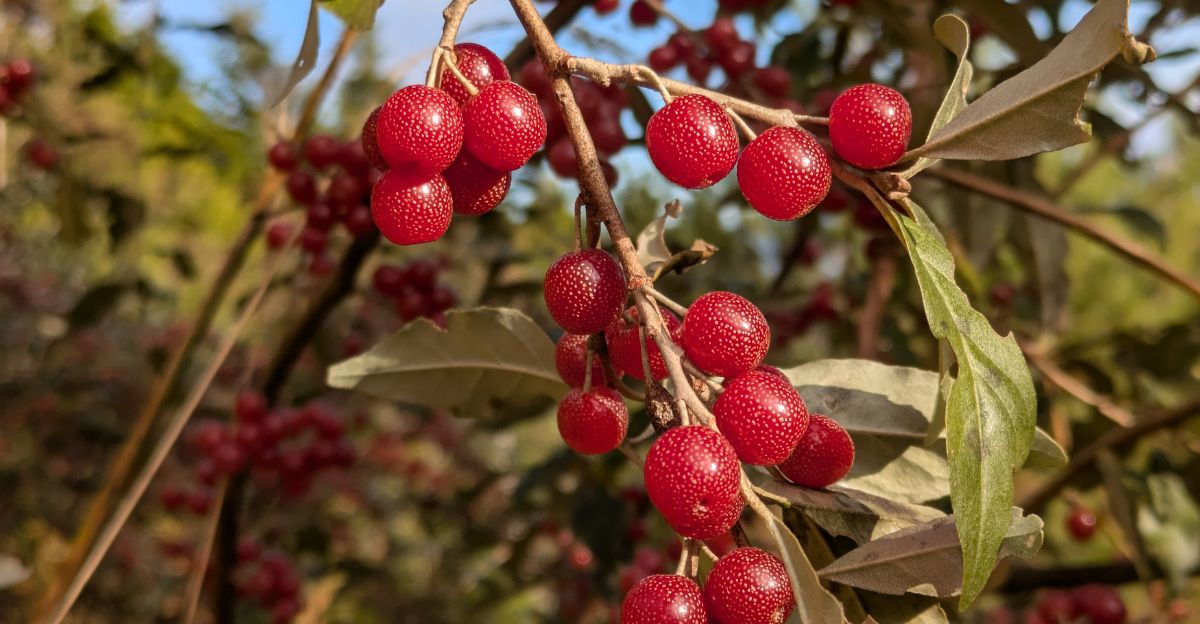
Often planted for wildlife benefit, Autumn Olive produces berries that birds love, but it spreads nitrogen through roots, altering the soil so thoroughly that native plants can’t survive.
This “helpful” invader quickly forms dense shade, choking out everything below it. Removing established bushes is exhausting and expensive, leaving many homeowners wishing they’d chosen a gentler alternative.
10. Morning Glory – Wild varieties
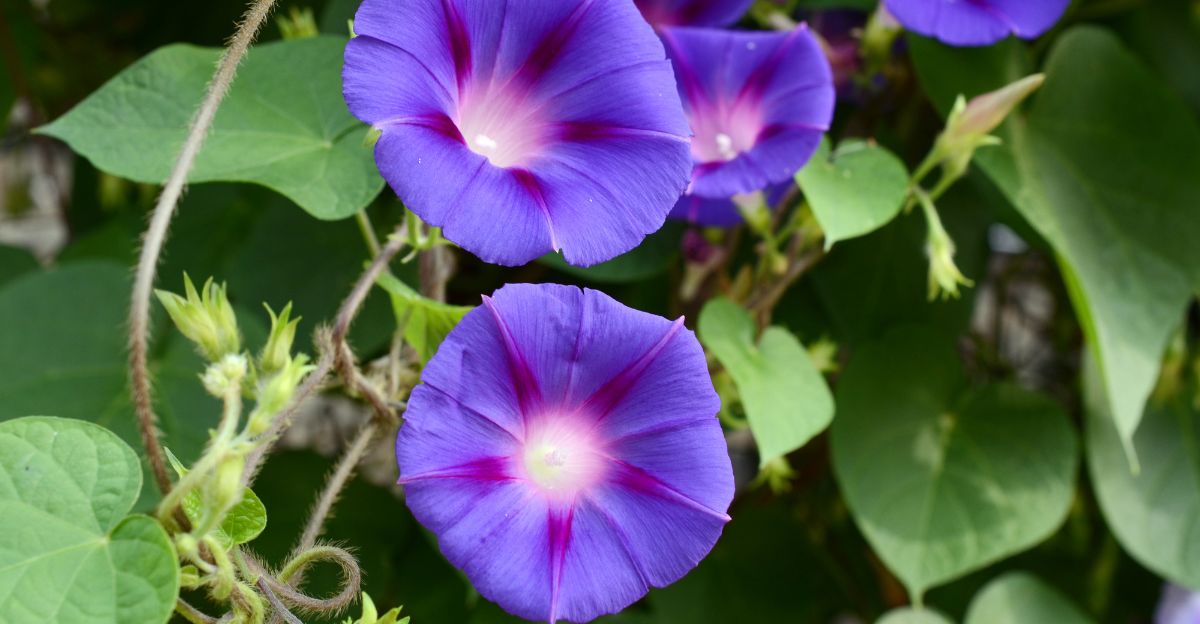
Wild Morning Glory’s flowers seem beautiful and innocent, but its vines rapidly tangle fences, shrubs, and flowerbeds into unmanageable knots.
The plant can produce thousands of seeds and regenerate fragments in the soil, making it nearly impossible to eradicate. What starts as a splash of color soon turns into a daily battle for space in your own yard.
11. Garlic Mustard
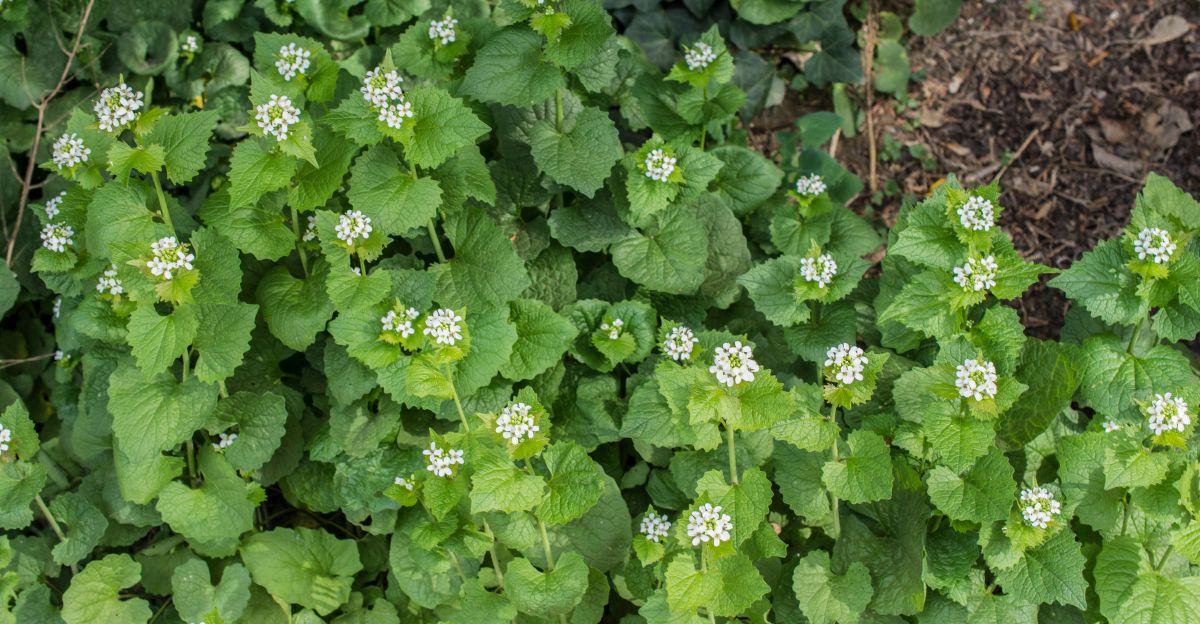
Garlic Mustard begins as a pleasant green carpet, then unleashes chemicals into the soil that block the growth of other plants.
As it spreads, it kills beneficial fungi and prevents regeneration, devastating native wildflowers and turning once-diverse landscapes into monocultures.
12. Tree-of-Heaven
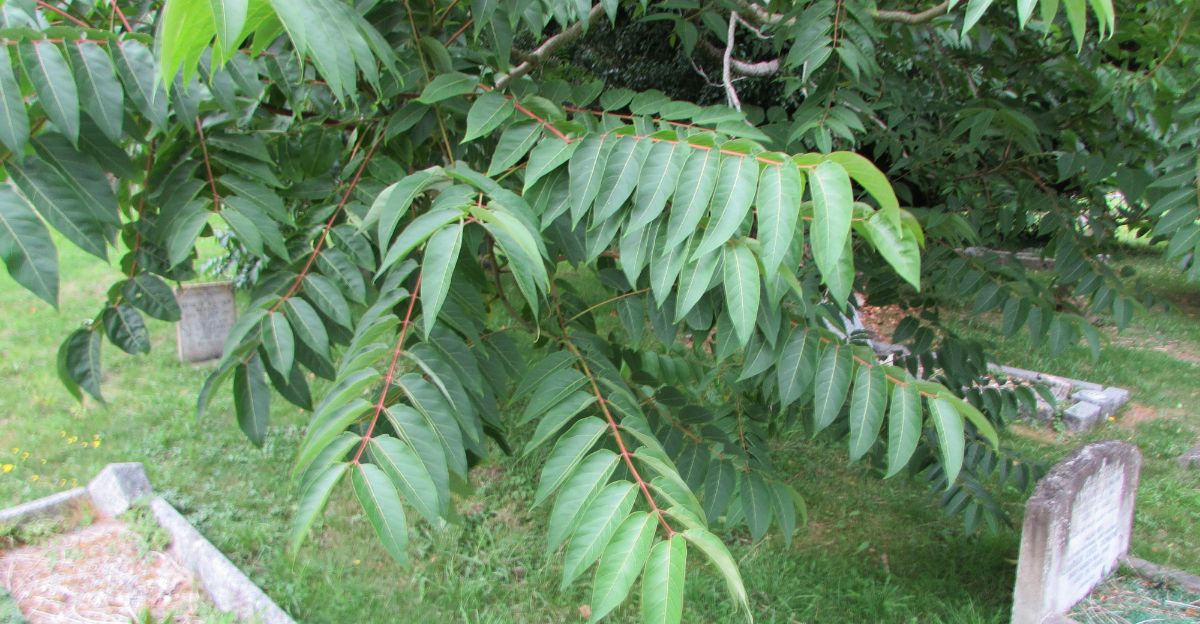
The Tree-of-Heaven’s roots release toxins, poisoning the ground so other plants can’t compete.
The tree’s seeds and resprouting ability make it a nearly unstoppable invader. Ecology experts stress that planting this species is asking for decades of headaches.
Replacement Options
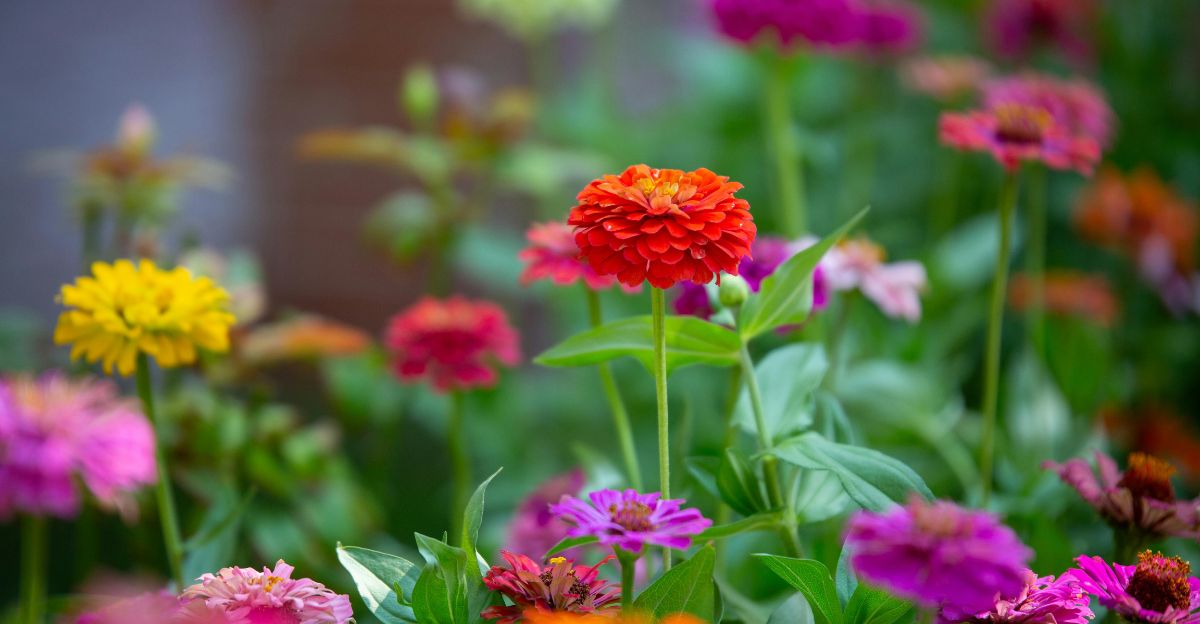
Thankfully, not every beautiful plant is destined to take over. For every invader on this list, there’s a gorgeous, resilient native alternative that supports pollinators, protects soil, and preserves ecosystems.
These recommendations bring color and life to gardens, without threatening the surrounding landscape or pushing out vital wildlife. The right plant makes all the difference.
1. Native Wisteria
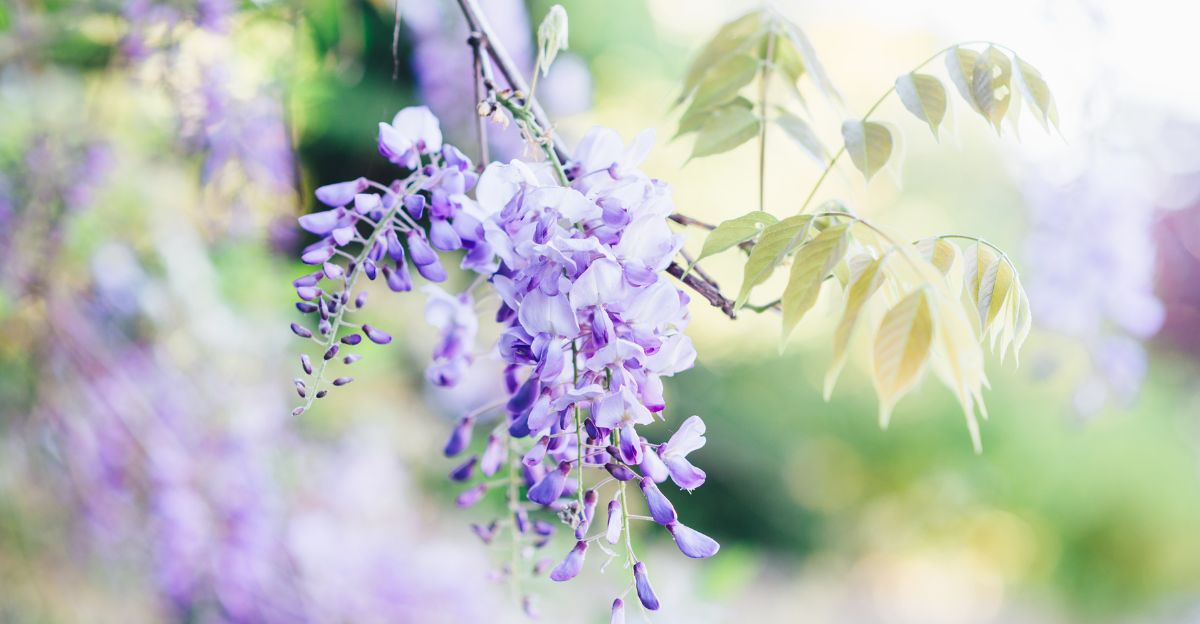
American Wisteria has gorgeous purple flowers, just like its Asian cousins, but it grows in a controlled, moderate fashion, making it a safe, noninvasive choice.
Native to the southeastern U.S., this vine supports local pollinators and adds beauty to pergolas, fences, and trellises. Gardeners praise its adaptability. It is proof that the right variety means less work and more rewards.
2. Wild Bergamot / Bee Balm
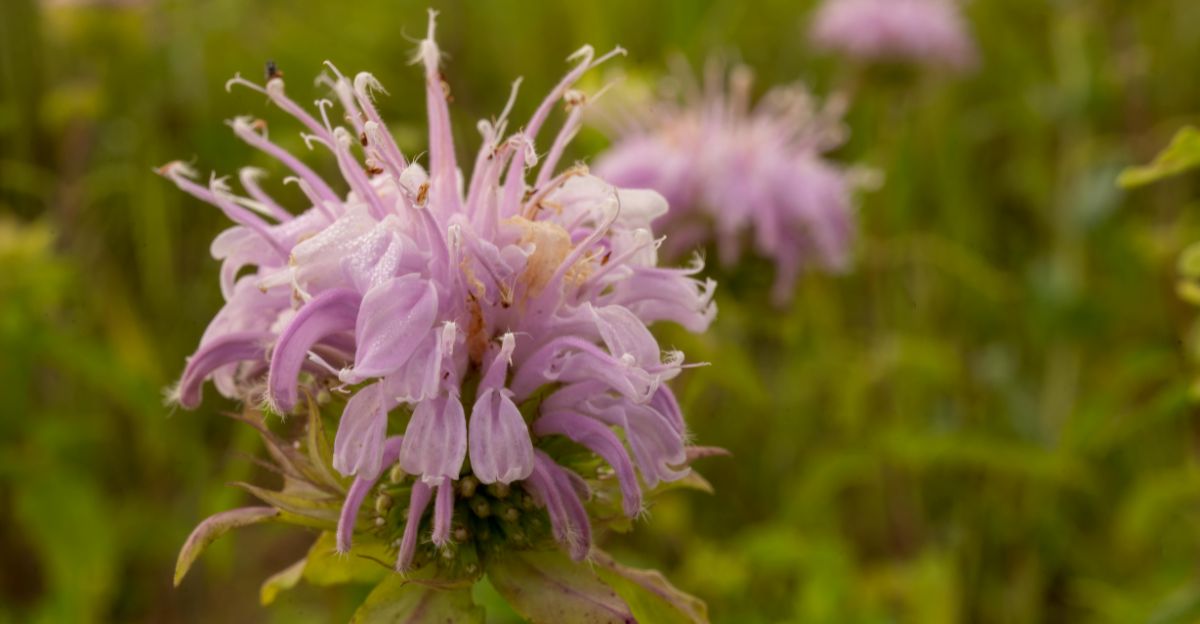
Wild Bergamot, also known as Bee Balm, has stunning purple flowers and a faint minty fragrance, providing essential nectar for bees, butterflies, and hummingbirds.
This hardy native species supports balanced ecosystems while resisting pests and disease. Its upright growth makes it a favorite for borders and flower beds.
3. Coral Honeysuckle
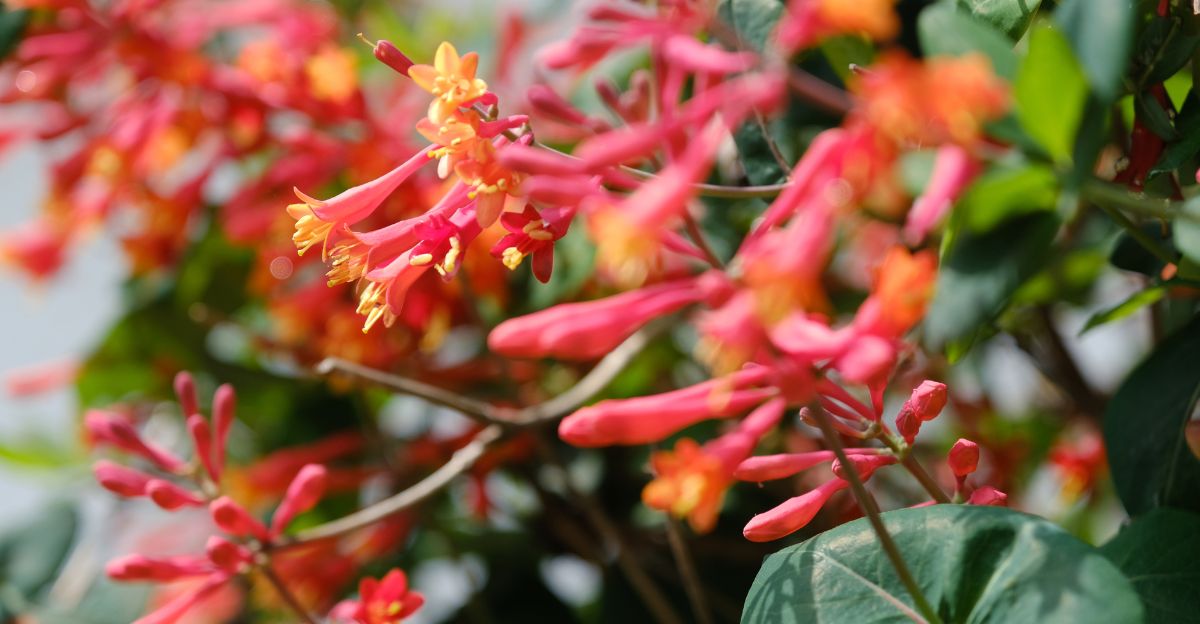
Coral Honeysuckle is a native and noninvasive species with stunning red flowers that attract hummingbirds and butterflies. Unlike its invasive relatives, Coral Honeysuckle doesn’t tangle or choke competing plants.
It is easy to grow on trellises or fences, and it provides color while preserving local habitats.
4. Clumping Bamboo
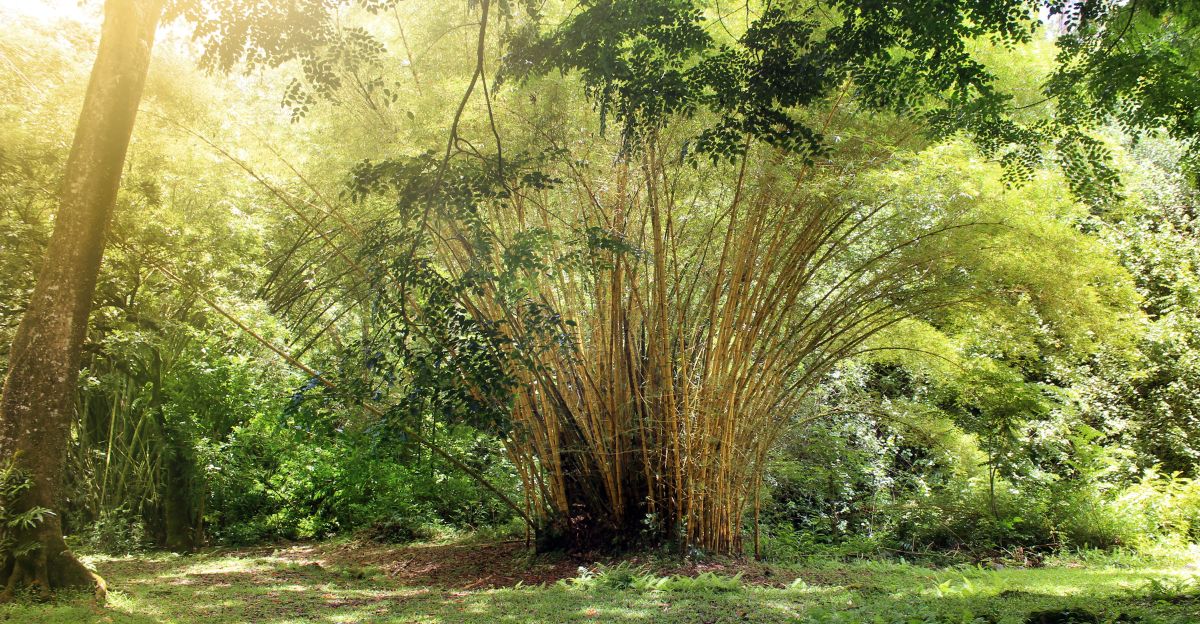
For people who want bamboo in their yards, clumping varieties like Fargesia offer similar lush greenery and privacy screens without the devastating spread of running bamboo.
They are slow-growing, which means that they stay where they have been planted and don’t threaten neighboring gardens or natural spaces.
5. Switchgrass
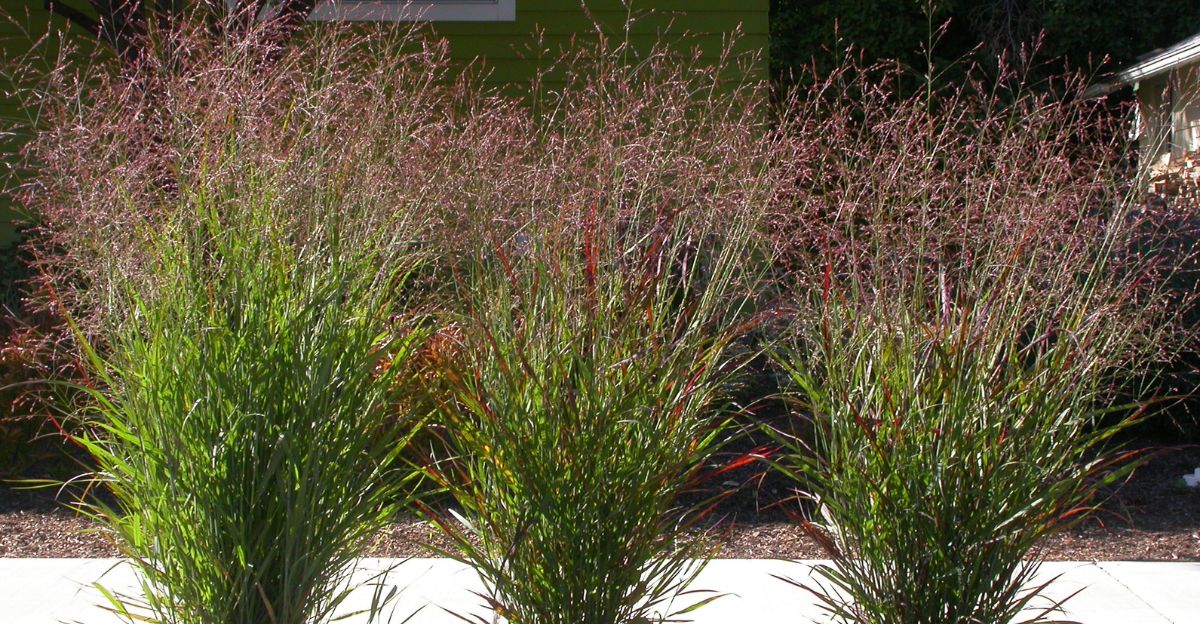
Switchgrass is a tall grass that helps prevent erosion, supports wildlife, and looks amazing all throughout the year.
It is native across most of the U.S. and is drought-tolerant and easy to maintain, making it a practical and lovely substitute for hungry invaders.
6. Blue Wild Indigo & Eastern Red Columbine
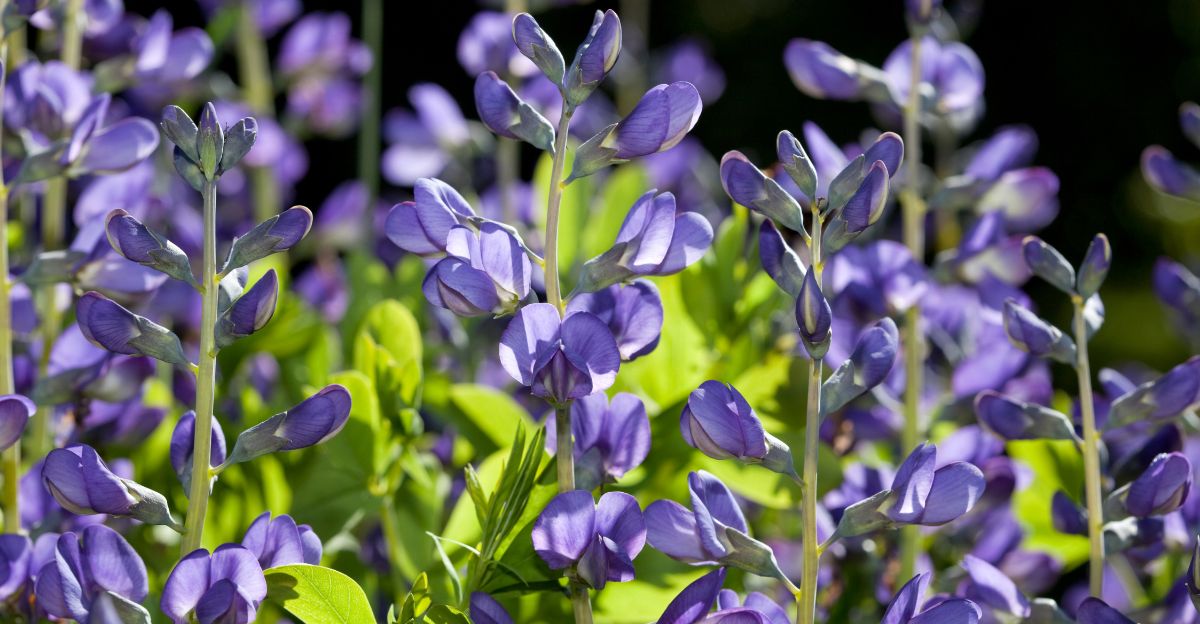
Blue Wild Indigo and Eastern Red Columbine add gorgeous colors to gardens, thriving without extra water or fertilizer. These tough, beautiful native species sustain vital pollinators and resist pests.
Whether planted together or on their own, they prove that healthy yards don’t need invasive species to shine.